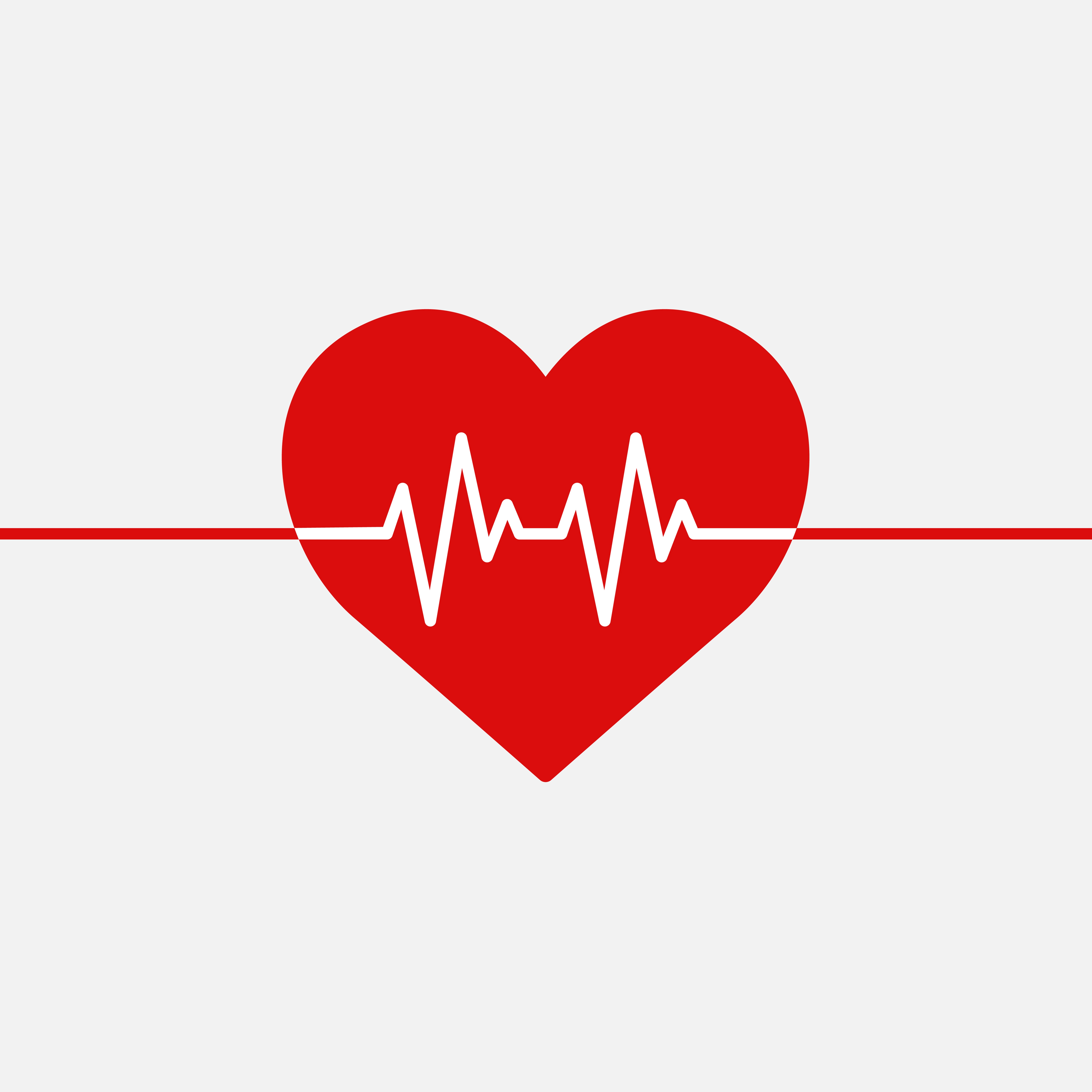

New pacemaker recharges its battery with energy from natural heartbeats
About the study
While batteries for typical “transvenous” pacemakers last 6-15 years before they must be replaced, newer “leadless” pacemakers (which fully reside within the right lower chamber of the heart) do not have replaceable batteries.
New proof-of-principle research shows that an experimental pacemaker housing is able to partially-recharge its battery using power generated from natural heartbeats.
The study was recently presented at the American Heart Association’s Scientific Sessions 2023 in Philadelphia by lead study author Dr. Babak Nazer, associate professor, Cardiology.
Study collaborators include Dr. Mohammad Malakooti, Department of Mechanical Engineering, and Master’s degree students from the Department of BioEngineering Master’s in Applied Bioengineering Program, Abigail Gilstrap, MS, Jedi Biswas-Diener, MS and Kevin Tang, MS.
Current pacemakers
Pacemakers are battery-powered devices that regulate an irregular heartbeat by delivering electric impulses to the heart, stimulating the heart to beat at its normal rhythm.
They come in two types - traditional (transvenous) pacemakers and newer leadless pacemakers. Traditional pacemakers consist of a battery pack implanted near the left shoulder with tiny wires, or leads, that connect to the heart. Leadless (wireless) pacemakers are all-in-one devices that are inserted through a vein in the leg and threaded up to the heart. They are about half the size of a AAA battery and reside entirely within the heart’s right ventricle.
Both types of pacemakers have a finite battery life and must be replaced over time. Batteries in traditional pacemakers can be replaced by a procedure performed by a physician. While there are many benefits to leadless pacemakers, they cannot be easily accessed and when a battery loses charge, often a new pacemaker is inserted to take over.
“When the battery is up, you have two options,” Nazer said to TCTMD. “You can put in a new one right next to the old one, but usually the first one is put in the best location so you’re comprising safety a little bit. At some point you’re going to fill up the right ventricle with a device that’s about half the size of a AAA battery. It’s not a trivial space. The other option is to retrieve them.”
This is challenge for younger patients in particular, since they may require several new pacemakers and/or invasive, high-risk retrievals over the course of their life.
Prototype rechargeable pacemaker
Nazer et al. have developed and tested a prototype leadless pacemaker housing to solve this issue. Their prototypes are of similar size and structure to leadless pacemakers but made with an outer shell of biocompatible piezoelectric material.
Sidenote
“Piezoelectric” describes the ability of certain materials to generate an electric charge in response to applied mechanical stress, or vice versa.
“Just like ultrasound converts electrical voltage into pressure or sound, we can engineer similar materials onto implantable medical devices to convert the heart’s natural oscillating pressures ‘backward’ into voltage to prolong battery life,” Nazer said.
The team engineered and tested 3 candidate prototype devices in a cardiac simulator to determine how much electrical energy could be converted from the mechanical energy generated by natural heartbeats. Their research found that the best of the three prototypes generated approximately 10% of the energy necessary to “pace the next beat.”
After these preliminary findings, the team is focused on optimizing the design of the second-generation device, and improving on the amount of energy generated. Their next step would be long-term, in-vivo studies after implantation into pre-clinical models – and ultimately rolling out the technology for widespread access.
“We hope to prolong battery life further and expand access of this product to younger patients,” he said, “who would hopefully require fewer implants over their lifetime.”
The National Heart, Lung, and Blood Institute, a division of the National Institutes of Health, funds Nazer’s laboratory. The study was supported by the University of Washington’s Department of Bioengineering via the Master’s in Applied Bioengineering program and performed in collaboration with Mohammad H. Malakooti, Ph.D., from the University of Washington’s Department of Mechanical Engineering. Source: Newsroom.heart.org